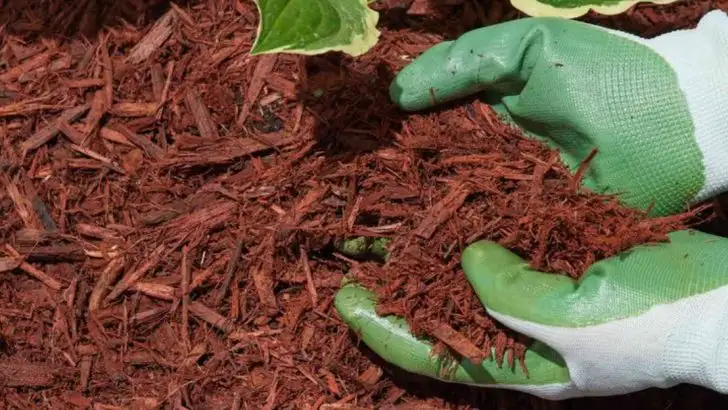Every thriving garden starts with the same thing: healthy soil. But even seasoned gardeners can overlook key steps—or follow outdated advice—that leads to compacted, unbalanced, or nutrient-poor ground. Whether you’re growing veggies, flowers, or native plants, how you prepare your soil can make or break your season.
From skipping a soil test to tilling too much (or not at all), these are the 11 most common mistakes that could be standing between you and a lush, productive garden. Learn how to avoid them and give your plants the strong foundation they need to flourish.
Overlooking Soil Testing
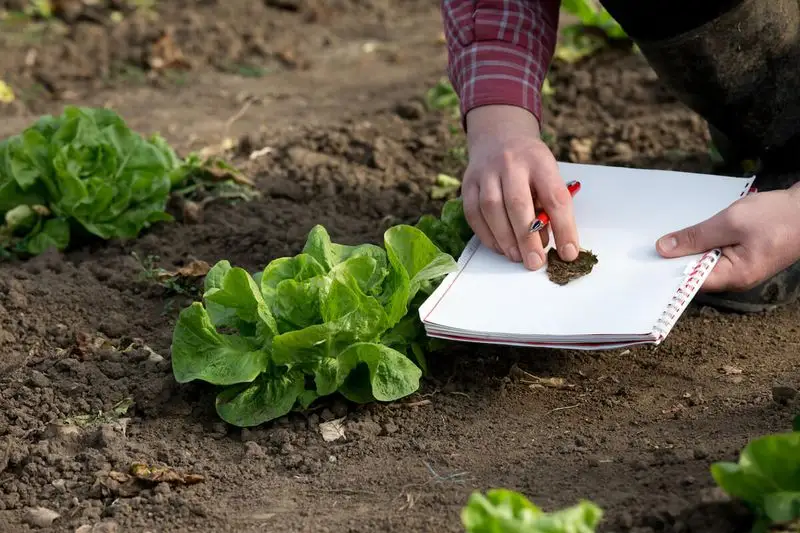
Neglecting to test your soil is like going on a road trip without a map. Without knowing the soil’s pH and nutrient levels, you might be blindly applying fertilizers or amendments that could do more harm than good.
A simple soil test can reveal essential information about nutrient deficiencies or toxicities, guiding you towards the right solutions. Testing ensures that you’re not wasting resources or damaging your plants with unnecessary chemicals.
Empower your gardening decisions with precise data, ensuring that each plant thrives in its ideal environment.
Ignoring Soil Texture

The feel of your soil tells a story. Ignoring soil texture can lead to drainage problems or poor root development. Is it sandy and loose, clayey and dense, or somewhere in between? Each type requires a different approach.
Amending with organic matter can transform heavy clay into a more manageable medium, while sandy soil might need more moisture retention. Understanding texture helps in choosing the right amendments and techniques.
Give your plants the best start by aligning your soil’s structure with their needs, enhancing growth and health.
Skipping Organic Matter
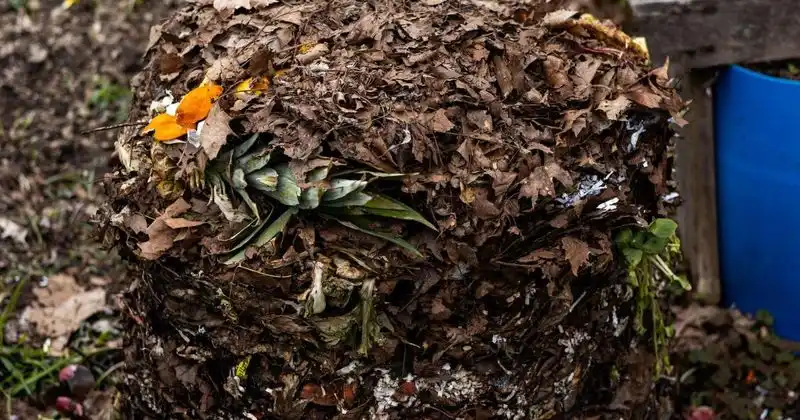
Think of organic matter as nature’s gift to your garden. Skipping this step deprives soil of vital nutrients and structure. Compost improves soil fertility, water retention, and aeration, creating an optimal environment for plants.
Even a small amount of compost can make a significant difference. It fosters beneficial microbial activity and supports a robust ecosystem underground.
Incorporate organic matter regularly to rejuvenate tired soil, making it a living, breathing foundation for your garden delights.
Compacting the Soil
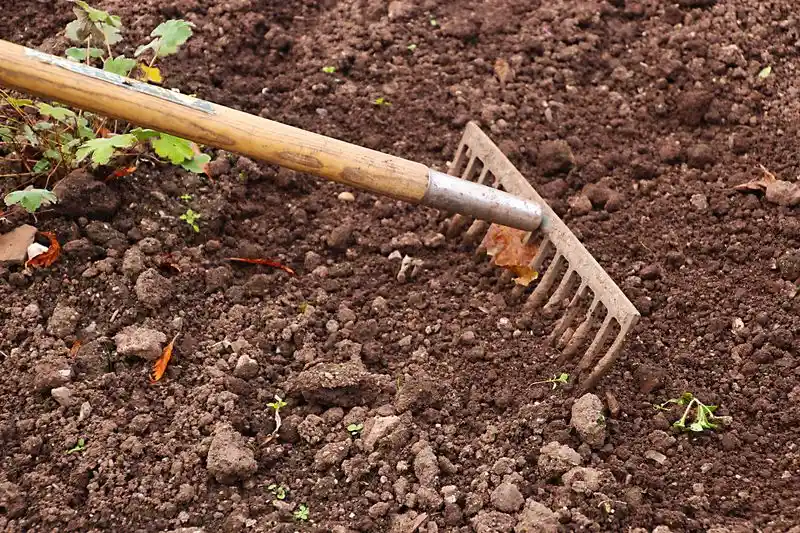
Walking on your garden bed might seem harmless, but it compacts the soil, restricting air flow and water movement. Compacted soil can stifle roots, hindering plant growth and vigor.
To avoid this, establish pathways and use a garden fork or tiller to gently loosen the soil. Adding organic material can also help break up compacted layers.
Respect the delicate balance underfoot, ensuring your plants have the space to spread out and thrive without obstruction.
Neglecting Drainage
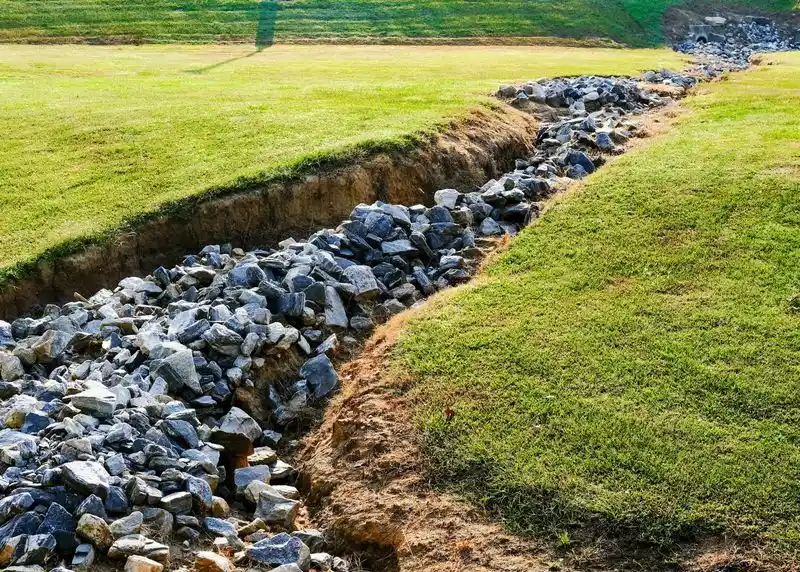
Well-draining soil is a non-negotiable for healthy plants. Neglecting drainage is like planting in a swamp, as waterlogged conditions can cause root rot and plant death.
Consider creating raised beds or adding sand and compost to improve drainage in heavy soils. Observing how water moves in your garden can guide adjustments.
Effective drainage allows roots to breathe, absorbing nutrients and water efficiently. This creates a thriving environment for plant development.
Relying on Chemical Fertilizers
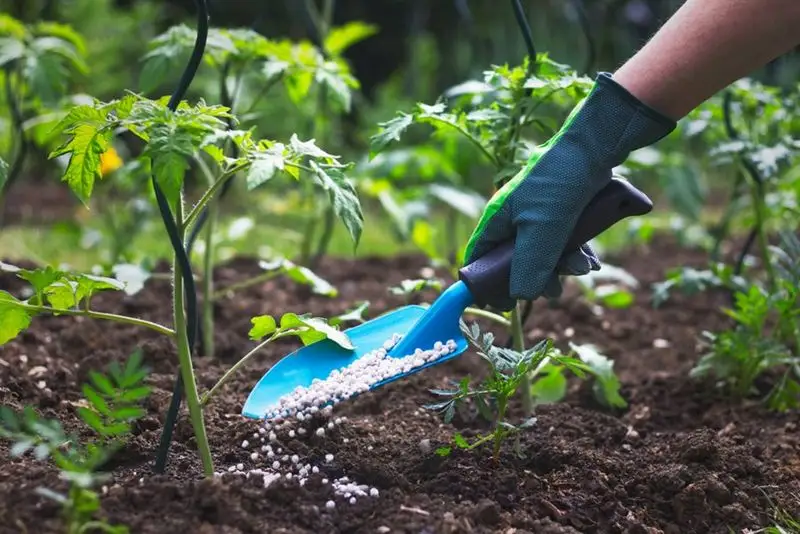
Chemical fertilizers might offer quick results, but at what cost? Relying on them can degrade soil health over time, depleting it of organic matter and beneficial organisms.
Opt for organic fertilizers to build a sustainable nutrient cycle. These alternatives improve soil structure, support microbial life, and release nutrients slowly.
Invest in the long-term health of your garden by choosing natural over synthetic, fostering a vibrant soil ecosystem that supports resilient plant growth.
Ignoring Cover Crops
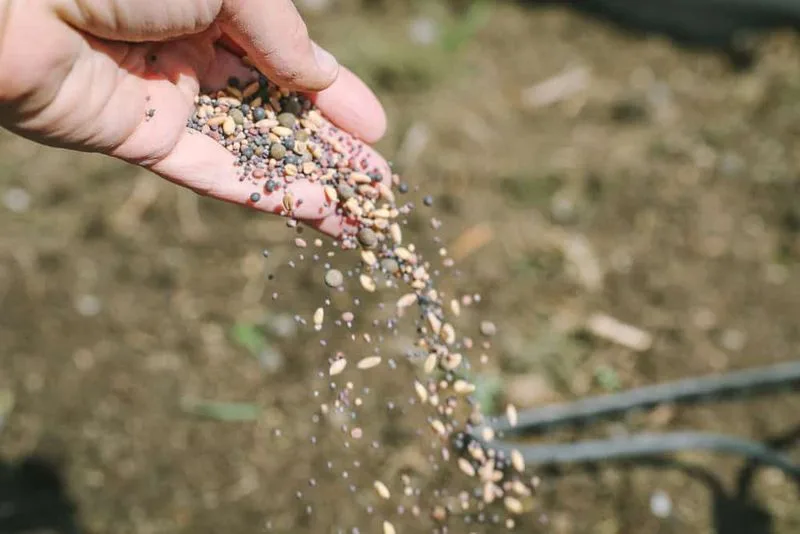
Cover crops are the unsung heroes of soil health. Ignoring them means missing out on natural weed suppression, erosion control, and nutrient enhancement.
These plants cover bare soil, protecting it from erosion and adding organic matter as they decompose. They also fix nitrogen, enriching the soil naturally.
Introduce cover crops into your rotation for a healthier, more sustainable garden. They’re a simple way to enhance soil vitality and fertility.
Using Incompatible Mulches
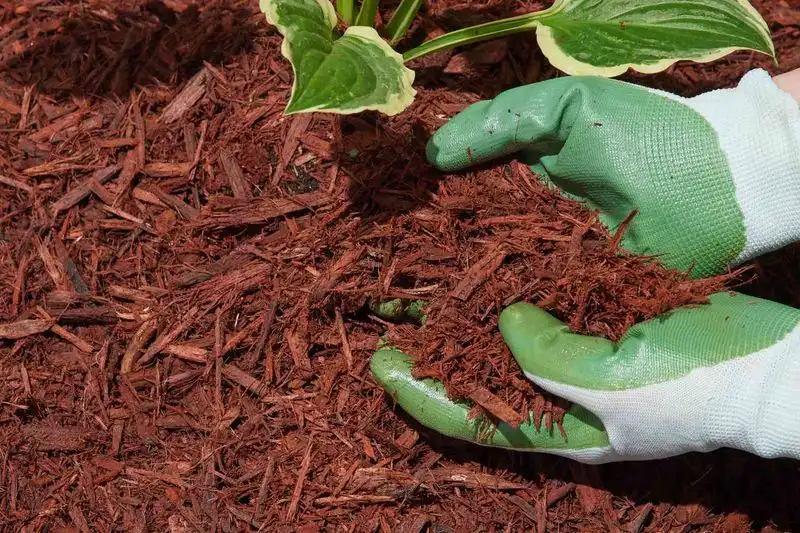
Not all mulches are created equal. Using incompatible mulches can introduce pests or alter soil pH, affecting plant health.
Organic mulches like straw or wood chips decompose to enrich the soil, while inorganic options like gravel offer different benefits. Choose mulch that complements your plants and soil conditions.
The right mulch retains moisture, suppresses weeds, and adds nutrients, enhancing your garden’s resilience and beauty.
Overwatering the Soil
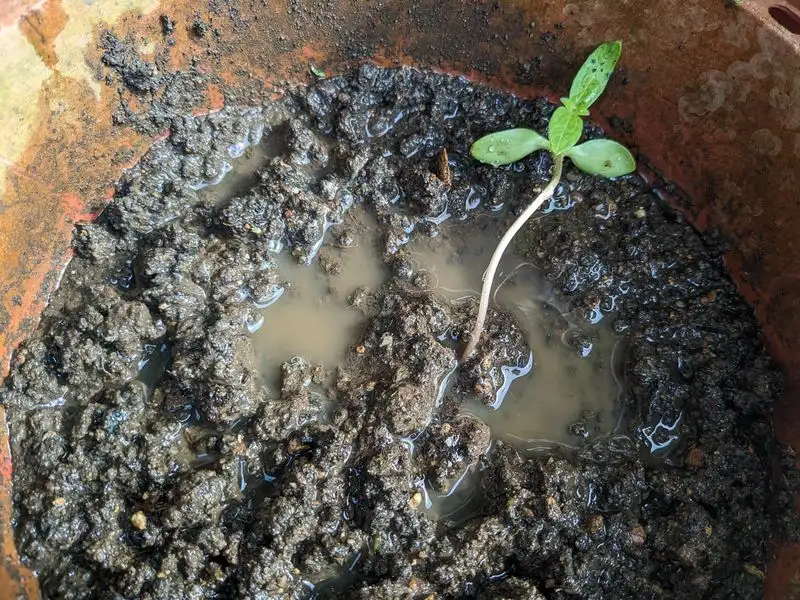
Water is life, but too much can drown your garden. Overwatering leads to nutrient leaching and root diseases, compromising plant health.
Learn to gauge your soil’s moisture needs by feeling it or using a moisture meter. Adjust watering based on weather and plant requirements, ensuring they receive just the right amount.
Mindful watering practices conserve water and promote robust plant growth, maintaining a harmonious garden ecosystem.
Disregarding pH Balance
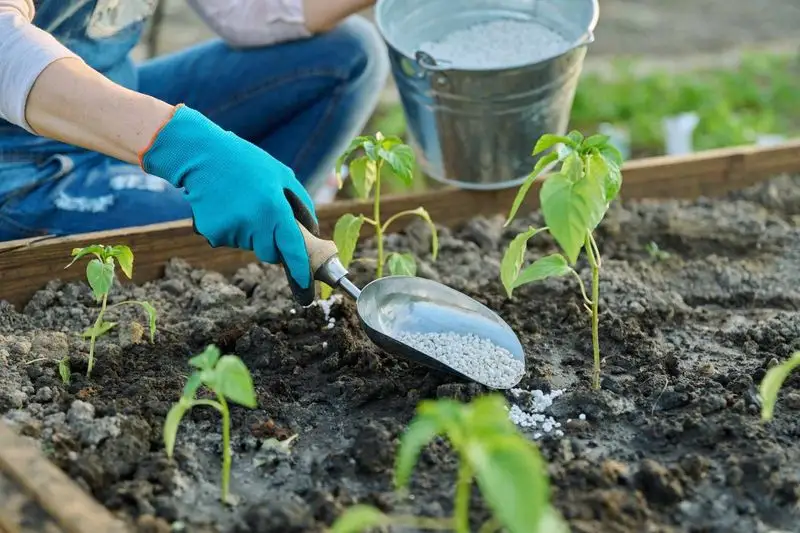
The pH level of your soil determines nutrient availability. Disregarding it can lock up essential nutrients, starving your plants.
Different plants have specific pH preferences—roses love slightly acidic soils, while lavender prefers alkaline. Testing and adjusting pH can be the key to unlocking vibrant blooms and yields.
Cultivating an awareness of pH keeps your garden in balance, allowing plants to access the nutrients they crave.
Forgetting to Rotate Crops
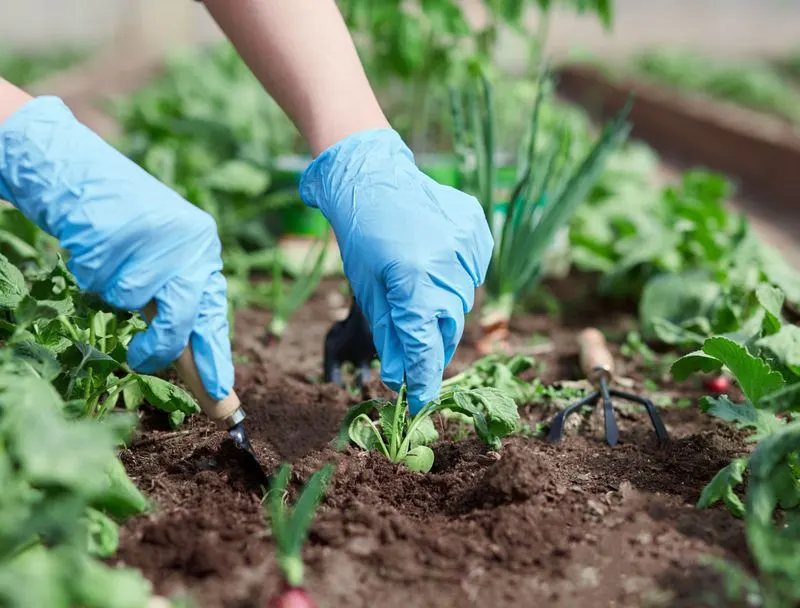
Sticking to the same planting pattern year after year invites pest and disease problems. Crop rotation disrupts these cycles, improving soil health and productivity.
By rotating crops, you reduce pest buildup and manage soil fertility more effectively. Each plant family has different nutrient needs and pest associations.
Thoughtful crop rotation supports a thriving, balanced garden, keeping it fruitful season after season.

